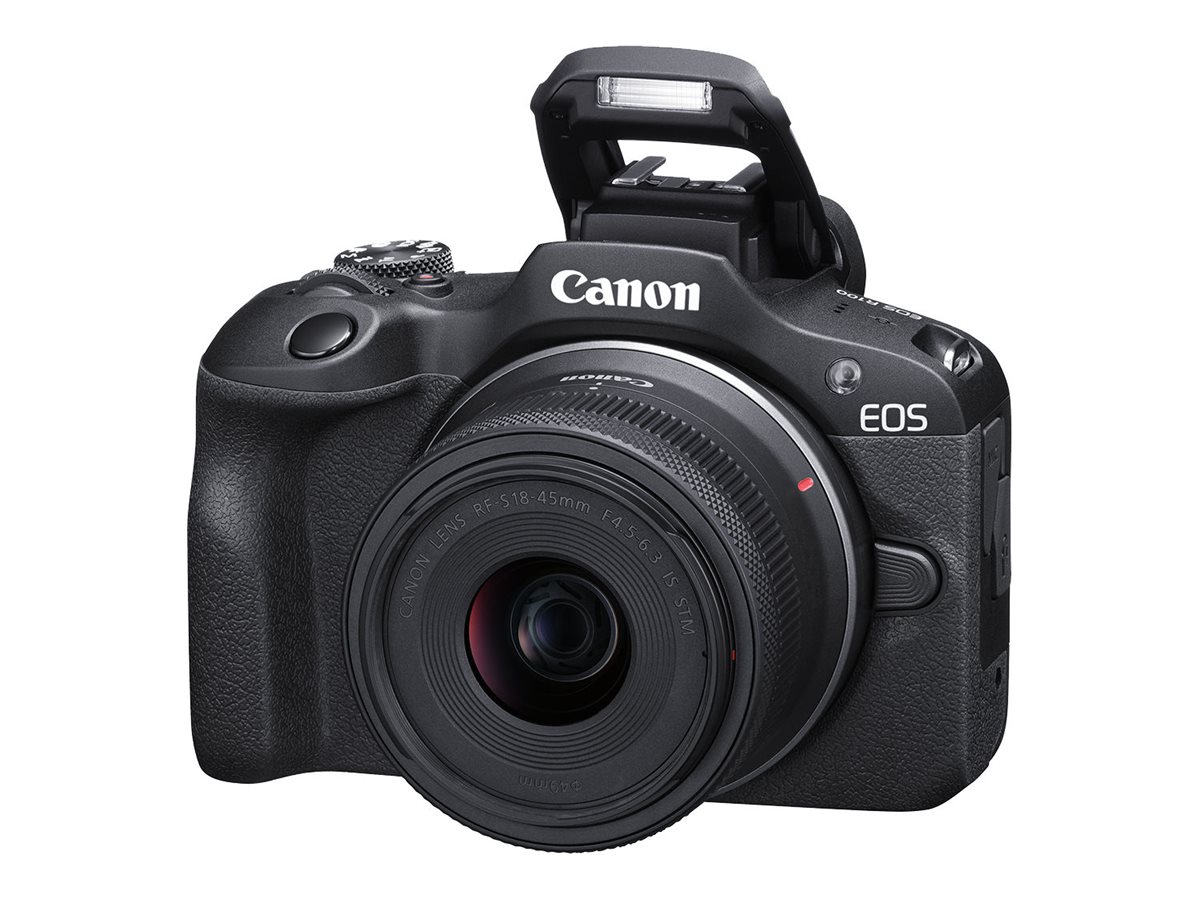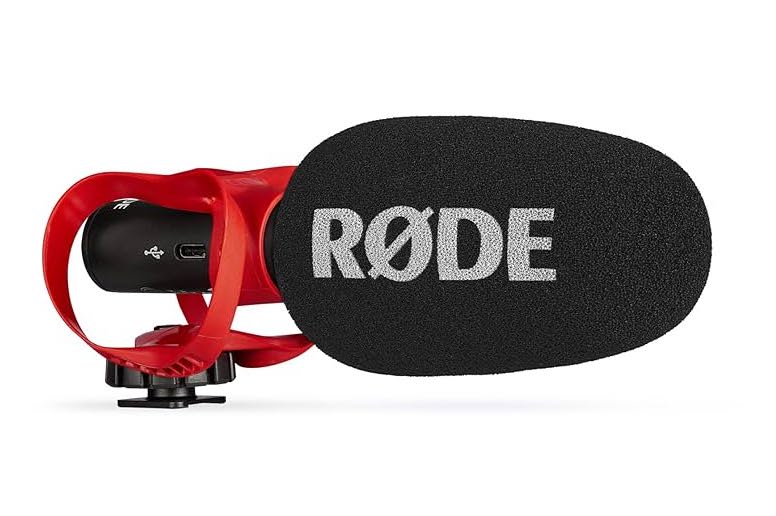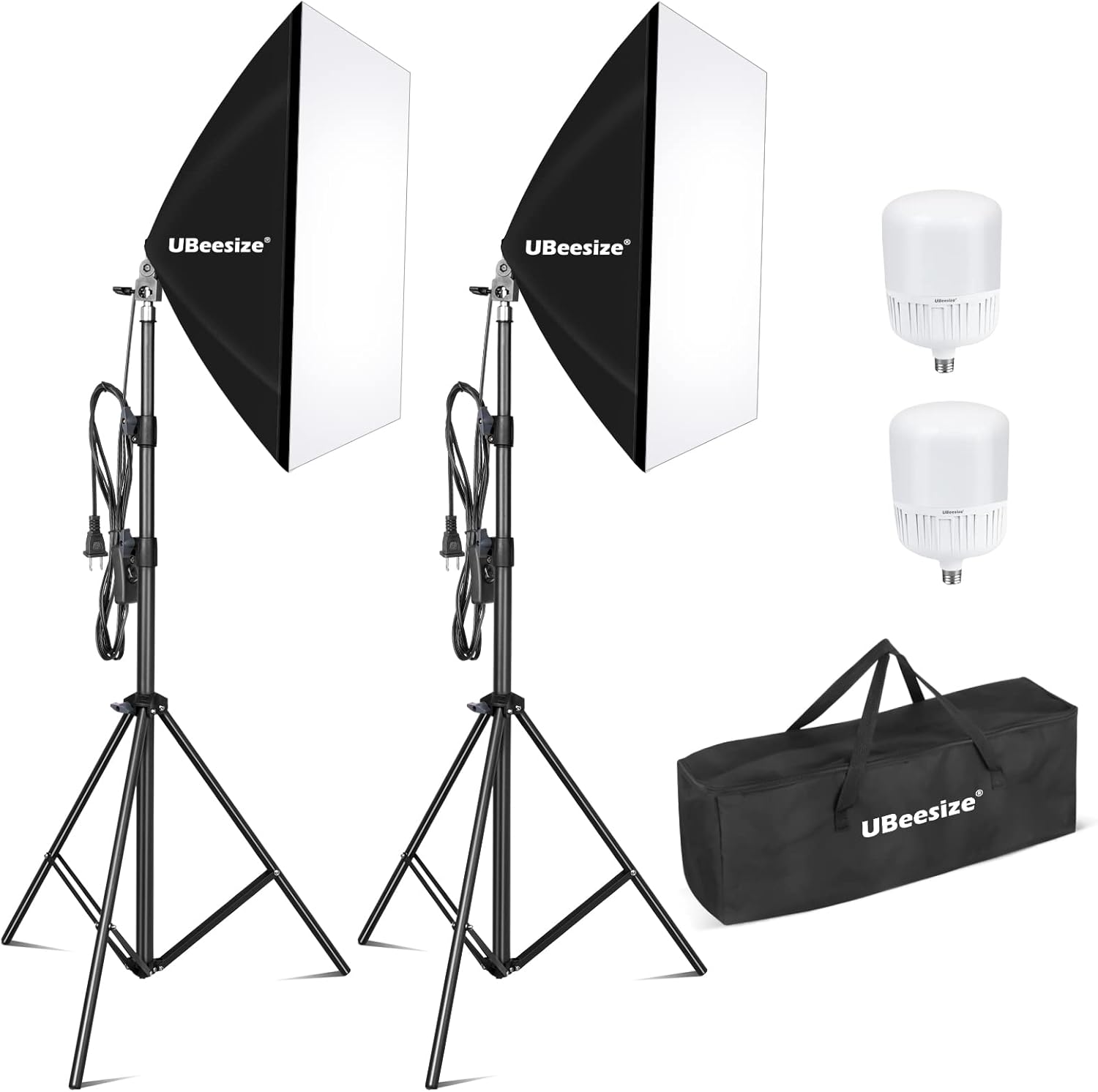Build a Film Studio For Under $850
Aug 19, 2025Video gear is freaking expensive. Just telling it like it is. But what if we could lower the barrier to entry down to just $850? Would that entice you to get started quicker? Is this even possible? Absolutely!
Now, before I go any further, I’d like to offer this disclaimer: I will certainly make the argument that you can produce high quality content for free, using nothing but your smartphone, but this post is geared to the smartphone videographer who is looking to up their game and invest in some entry-level gear. Additionally, with the advancement of processing power and memory in computers these days, just about any computer works here. If you’re reading this on the web, I’m assuming you already own a computer, and this is not factored into the $850 cap. One more thing... all monetary amounts discussed below are with the US dollar in mind.
Alrighty then. With all that fun stuff out of the way, let’s discuss a few things you’re going to need to get started building out your first studio.
Camera - $599
It should come as no surprise that we’re going to talk about cameras. This may even be the part you’re most excited about. Contrary to popular belief though, I would argue, the camera is not even the most important component of your studio, but it is going to be the most significant investment. So what are we looking for here? First of all, comfortability. You can get great video with any camera brand, so don’t get bogged down with all the bells and whistles. What matters is the following:
- Interchangeable lenses - One of the greatest ways to improve your camera over time is to invest in lenses. By starting with a camera that allows for interchangeable lenses, you’ll greatly prolong the usefulness of the camera body.
- Mirrorless vs DSLR - Electronic shutter versus a mechanical shutter. While DSLRs once dominated the market, mirrorless cameras are quickly becoming the preferred choice for videographers as they are quieter, lighter, and have incredible autofocus advantages.
- 4k Resolution - I remember when HD meant 720p resolution (dating myself, I know). But even most smartphones can shoot in 4k these days. If you’re going to invest in a strong camera, make sure it can produce at least 4k resolution and compete with the latest smartphone.
- Microphone Input - Normally I wouldn’t list this as a ‘must have,’ but since we’re building our studio on a budget, I recommend a camera with a 35mm mic input. This way, you only need an attachable video mic, and you won’t need to also buy a field recorder to supply 48v of phantom power.
Based on everything listed above, my personal camera recommendation is the Canon EOS R100 coming in around $599 US. This is a great entry-level mirrorless camera and can be purchased with Canon’s RF-S 18-45mm kit lens. It even comes with a carrying case and a memory card at this same price point, making it the perfect start to your studio.

Microphone - $97
One of the quickest ways to take a beautifully filmed video and make it amateur, is with poor audio quality. Now, I’ve been fairly outspoken about whether or not your camera matters (if you want to know how I feel, check out my first post). Your microphone absolutely matters, and it’s not enough to use the built-in mic on your camera. Yes, there are some great tools designed to help clean up poor audio, but you will have the most success when getting clear audio at the time of recording.
First of all, I’m always going to recommend a standalone shotgun mic, powered externally and recording either direct to a computer through a digital interface or a field recorder (see blog #2 on microphones), but since this post is focused on building a budget studio, we’re not going to worry about all of the extras. For now, we’re going to look for a high quality video mic that attaches directly to your camera via a 35mm jack.
Some cameras come packaged with a 35mm video mic, which may be a great way to save even more, but if yours doesn’t, I’d recommend the Rode VideoMic GO II Helix retailing around $97 US at the time of writing this. Rode is a staple name in audio, bringing you one step closer to capturing pro audio. Now, you’ll be limited here because your mic will be stuck to your camera which will prove challenging for wide shots, but if you’ll be shooting mostly talking head or vlog style videos, this is a great option.

Extras - $110
So far, you’ve secured your first interchangeable lens, mirrorless camera, and a high quality shotgun video mic and we’re sitting at around $700. What else do we need to build out our studio? LIGHTS! If poor audio can ruin a beautiful video, poor lighting will ruin even the clearest audio. The best source of light is free… the sun! But the weather is inconsistent and if you live in Michigan like I did before making my leap to Florida, you’ll go 6+ months without sunshine. A couple of softboxes will provide you all the control you need to improve the look of your videos and there are any number of lighting kits available on Amazon in the $50-$75 range.
You’ll also need a tripod for your camera. It is true that you can get creative by stacking a small library of books in a pinch, but you can find a decent adjustable tripod around $35, and you really can’t put a price on knowing your camera is securely positioned during a shoot.

Computer & Editing Software - $23 (or free!)
But wait. There’s more! At this point, you’ve got everything you need to shoot a video, but you’ll still need to get it out of the camera and edited so you can publish for your viewers! Once again, I’m assuming you have a computer (any computer will work), but you’ll need to download some video editing software. My editing software of choice is Adobe Premiere Pro which comes in around $23 per month for an individual subscription at the time of this post. This is what I'll be working with the most in future posts/videos, but there are certainly other great options out there. If you don’t want to be locked into a subscription, you should check out DaVinci Resolve. DaVinci is free to download, and before you knock it, I thought I’d share that I know a Director who edited his first feature film on DaVinci Resolve and it debuted in a movie theater! If it’s good enough for the big screen, it’s good enough for me!
![]()
No More Excuses. Start Building!
Are you excited? You should be! You are well on your way to creating pro video for less than a month of rent. And the best part is that you only have to pay for it once! My hope is that this has been both enlightening and encouraging. Video gear can be expensive, but there is no rule that says you need to buy everything in one day and compete with the box office. Save up some money, start small, and most importantly, make content every step of the way. I’ll leave you with this: I am dedicated to removing the roadblocks that may keep you from producing professional quality video. I’ll be on YouTube addressing the common challenges you may be facing, so leave a comment if there’s a specific topic you’d like me to address and I’ll start building some resources for you! That’s it for today. Go build your studio and as always, make something amazing.
Discover The 6 Steps to Creating Pro Video Without Pro Gear
Enter your name and email below to receive your free 18-page PDF guide,
"6 Steps to Creating Better Video"
We hate SPAM. We will never sell your information, for any reason.

